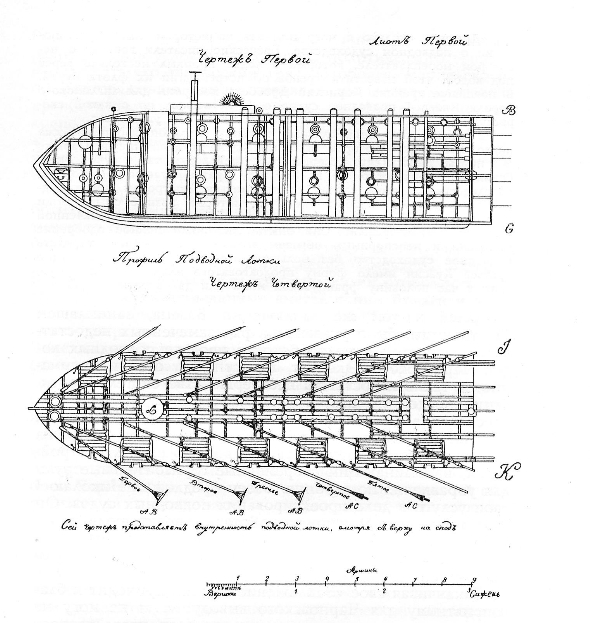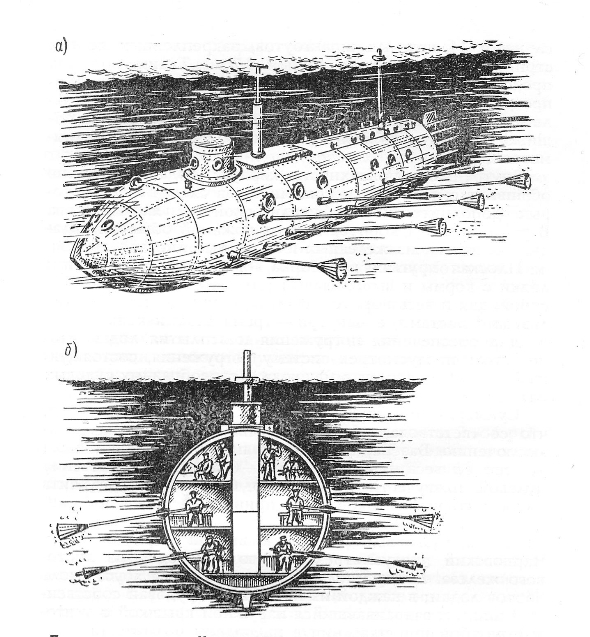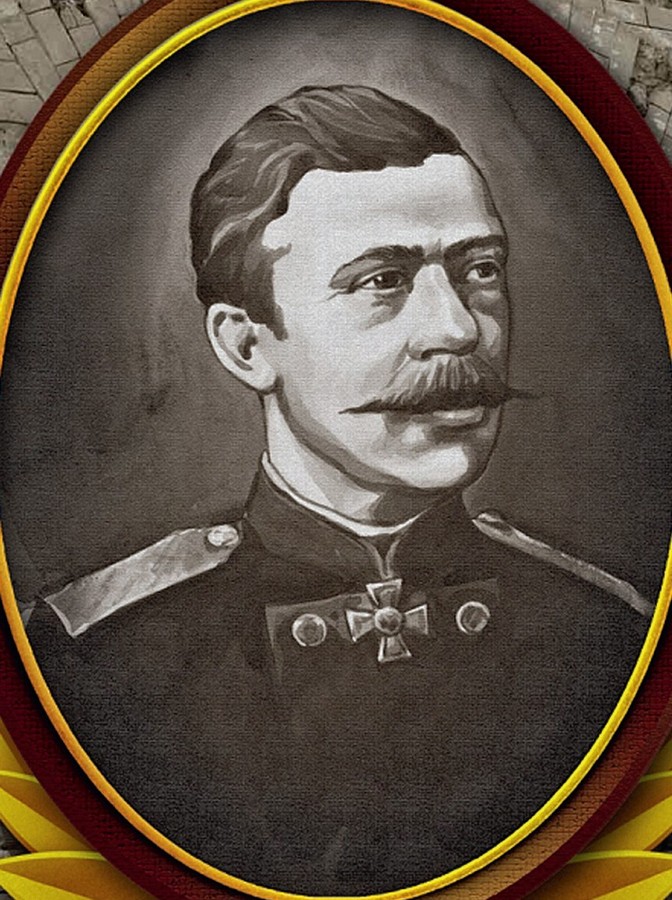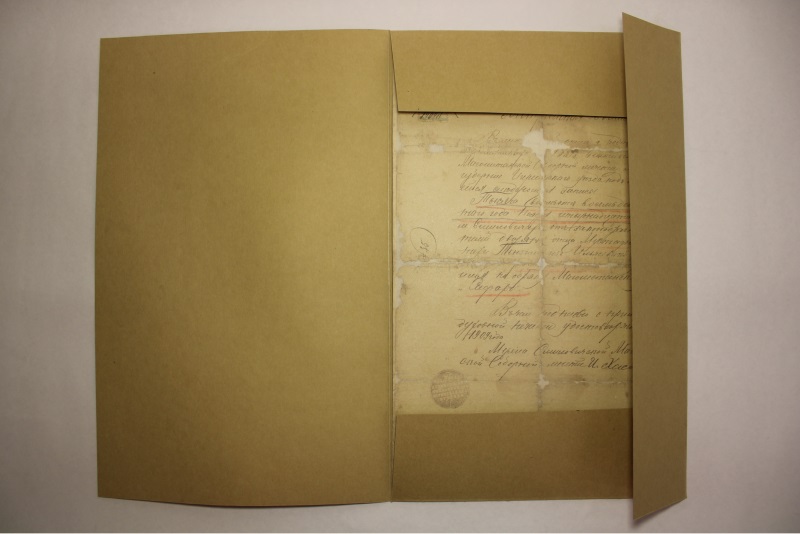This year marks the 230th anniversary of the birth of Kazimir Charnouski (1791–1847), who designed various types of submarine ships and proposed many original ideas that were later used to create the submarine fleet. For many years, his name remained unknown to researchers of the history of shipbuilding: the works of a talented inventor from Belarus were hidden in secret archival collections.
Kazimir Charnouski was born in the estate of Karytnica, Ihumien district, Minsk province (now Cherviensk district, Minsk region). He received his primary education at home. He was fluent in Polish and French, knew modern literature, and was well-versed in philosophy. Kazimir read a lot, drew well, mastered drafting, was interested in architecture and various technical novelties. The family often travelled abroad, visited Vilnia, Warsaw and other large cities. After 1812, Charnouski lived in France, where from 1821 he was a member of the Patriotic Society, which aimed to restore the Polish-Lithuanian Commonwealth to its 1772 borders. In 1824, he moved to St. Petersburg, studied at the Imperial Medical-Surgical Academy. He continued to defend his political views. In April 1829, the connection with the secret society was opened, he was arrested and imprisoned in the Peter and Paul Fortress (at the end of 1829 he was transferred to the Shlisselburg Fortress). After five years of imprisonment, in May 1834, Kazimir was exiled to the Arkhangelsk province. He worked as a clerk, an employee of the provincial construction committee. He was promoted to the rank of the collegiate registrar. In exile, Charnouski did not renounce his political convictions and continued his anti-government activities. In February 1839, for preparing an uprising and fleeing abroad, he was arrested and exiled to Sarapul, Vyatka province.

He began to work on the submarine in 1825. He read a lot of specialized literature on the theory of ship structure, books on ichthyology and the life of various marine animals. He combined his knowledge of the sources with mathematical calculations and the execution of dozens of sketches, various schemes, and drawings of the future submarine. While in prison, Charnouski returned to his hobby. Unable to continue working, he turned to Emperor Nicholas I for support. In his petition, he proposed to build a submarine in 40 days, and a submarine on which it would be possible to put guns in 60 days. The tsar became interested and demanded to provide a detailed description of the project. Without special technical literature, reference books and measuring instruments, Kazimir Charnouski, relying on his unique memory, prepared a thorough work "Description of Submarine Vessels" in a few weeks. Features of the project include a proposal to make a shell of the boat with iron or copper, a retractable deckhouse with a porthole, a submergence and surfacing system for the boat. 14 pairs of oars, and a sail were to be the driving force of the boat.

By order of the Emperor, the military engineer and mathematician P.P. Bazin examined the documents, spoke very favourably of Charnouski’s project, and recognised that the work could be useful for further research into underwater navigation. However, the researcher and his invention were forgotten in subsequent years – the idea was officially rejected, the research was placed in the archives of the military department.
After the archives were declassified in Soviet times, Charnouski entered the history of shipbuilding as the author of a submarine design, which, apart from a utopian engine in the form of oars, contained fundamentally important construction and engineering solutions – an elongated boat shape, metal hull, water ballast, telescopic periscope, etc. The ideas expressed by him gave impetus to the development of the theory of diving, laid the foundation for a new direction in shipbuilding.
The inventor's idea was one of the first to be successfully used by the Russian Adjutant General K.A. Schilder, who designed and built the first metal submarine in Russia in 1834.

The model of the ship designed by Kazimir Charnouski is exhibited at the National Historical Museum of the Republic of Belarus.
Information about Kazimir Charnouski can be found in the resources of the National Library of Belarus – the online encyclopaedia" Belarus in Persons and Events" and Electronic catalogue; as well as in the database of the Republican Scientific and Technical Library "Belarusian names in world science and technology."
Bibliology Research Department










